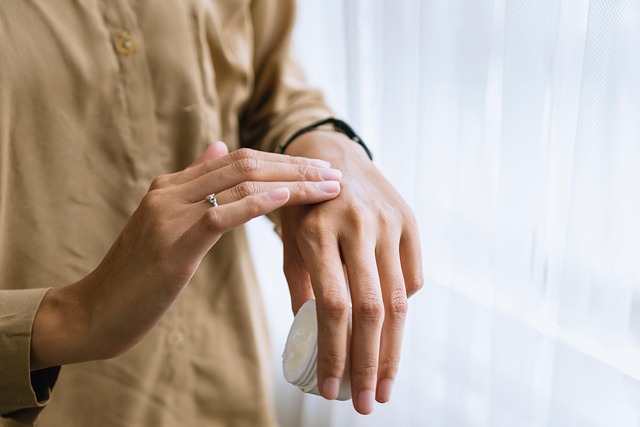Age-related changes: protective habits to maintain the dermal barrier and follicle health
As skin and hair age, structural changes in the dermal barrier and hair follicles can increase dryness, sensitivity, and visible thinning. Adopting protective habits—focused on consistent hydration, gentle cleansing, measured moisture, daily sun protection, and targeted antioxidant and serum support—can help maintain a balanced complexion and healthier tresses over time.

This article is for informational purposes only and should not be considered medical advice. Please consult a qualified healthcare professional for personalized guidance and treatment.
How does hydration protect the barrier?
Hydration supports the skin’s outermost layer by maintaining flexibility and reducing microfissures that let irritants in. With age, natural water retention declines and transepidermal water loss increases, so topical and systemic hydration become complementary strategies. Drinking adequate fluids and using humectant-containing products—such as those with glycerin or hyaluronic acid—helps draw and hold moisture at the surface. Regular hydration reduces sensitivity and supports wound repair processes, contributing to a more resilient barrier and an even complexion without relying on heavy occlusives alone.
What role does cleansing play in sensitivity?
Cleansing removes debris and excess oil but overly aggressive routines can strip lipids and proteins critical to barrier integrity. Choose gentle, pH-balanced cleansers and limit hot water to avoid increased dryness and irritation. For aging skin and scalp, alternate between mild daily cleansing and a gentler routine when sensitivity flares. On the scalp, avoid scrubbing that disrupts sebum distribution; instead, massage lightly to clear buildup. Proper cleansing supports subsequent moisture and serum absorption while minimizing barrier compromise and localized sensitivity.
How to preserve moisture for complexion and tresses?
Maintaining moisture involves layering approaches: humectants to attract water, emollients to smooth, and occlusives to reduce evaporation. Apply moisturizers while skin is slightly damp to trap hydration, and select formulas adapted to changing needs—lighter lotions for oilier complexions, richer creams for pronounced dryness. For hair, hydrating conditioners and leave-in products help maintain tresses’ elasticity and reduce breakage. Regular trims, minimal heat styling, and using sulfate-free shampoos can preserve hair moisture and appearance without stressing follicles or strand integrity.
How to care for the aging scalp?
The scalp undergoes similar age-related shifts as facial skin, including reduced sebum and potential thinning of the epidermis. A balanced scalp routine includes gentle cleansing, periodic exfoliation to prevent buildup, and targeted treatments to address dryness or irritation. Scalp massage can boost local circulation and product distribution. Consider lightweight serums formulated for the scalp that deliver moisture, antioxidants, or peptides without clogging follicles. Observe for persistent flaking, redness, or hair loss and consult a clinician if such signs worsen or are accompanied by discomfort.
Can antioxidants and serums support follicle health?
Antioxidants help neutralize environmental oxidative stress that affects both skin and hair structures. Ingredients such as vitamin C, vitamin E derivatives, and certain plant polyphenols can be part of daily serums to protect the complexion and reduce cumulative damage. For follicles, topical serums designed to improve scalp environment may combine antioxidants with nutrients that support follicular cells. Use products with proven stability and appropriate concentrations; patch-test new serums to monitor sensitivity. Antioxidants complement, but do not replace, core barrier-supporting steps like hydration and sunscreen.
How to build a daily routine for barrier and follicles?
A consistent routine simplifies maintenance: gentle cleansing, targeted serums or antioxidant treatments, moisturizing to restore barrier lipids, and broad-spectrum sunscreen during daytime. For hair and scalp, alternate shampoos that address cleansing needs with conditioning treatments focused on moisture and strength. Monitor responses and adjust product frequency or texture seasonally, as humidity and lifestyle shift moisture demands. Keeping routines predictable and minimally irritating reduces episodic flares of sensitivity and supports long-term barrier resilience and follicular environment stability.
Conclusion
Age-related changes to skin and hair are gradual but manageable through protective habits that emphasize hydration, appropriate cleansing, moisture retention, antioxidant support, sunscreen use, and thoughtful serums. Prioritizing a steady routine tailored to evolving sensitivity and barrier needs helps preserve complexion balance and the condition of tresses and scalp, while professional guidance can inform targeted interventions when necessary.





